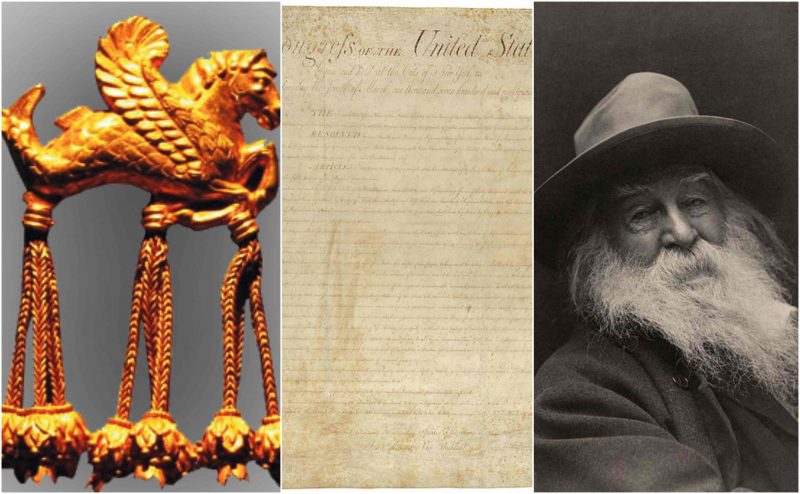There are many objects that humanity longs for, perhaps because they symbolize nationality, belonging, history, prestige or simply because of their monetary value. Sometimes an object may be highly desired by more than one party and when diplomacy fails, the magic of theft may well be used to ‘kidnap’ these objects. Read about 5 historical objects that have been ‘kidnapped’ in the past.
1. The Stone of Destiny
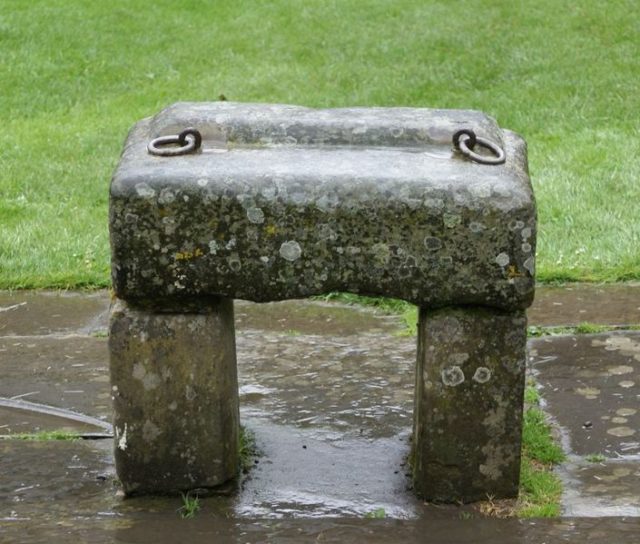
The Stone of Destiny, upon which the true kings of Scotland have traditionally been crowned is also known as the Stone of Scone, or by its Celtic name – Lia Fail, “the speaking stone”. The stone weighs 152 kg and is a rectangular block of pale yellow sandstone which most geologists agree is of Scottish origin.
The stone was taken from the Scotland’s Scone Abbey in 1296 by the invading King of England, Edward I, who had moved to Westminster Abbey fitted into the Coronation Chair there. From then on it was the English kings who were crowned atop the stone, a humiliating insult to the monarchs of Scotland.

But the story does not end there; on a cold Christmas Eve in 1950, when half of Scotland had likely forgotten the Stone of Destiny, four students from Glasgow drove down to London in two separate cars to return what was taken once from their country.
“I did it for Scotland” – said the Scotish nationalist Ian Hamilton. He proudly recalls the evening when he jeopardized his future law career, and the only thing he regrets is taking a coin from a custodian during one of his visits at Abbey Hamilton.
He observed Abbey for some time before the theft and once stayed passed the closing hour and acted a drunk in front of the custodian who spotted him and gave him a coin.
The students, who claimed that the theft was an act of nationalism, successfully stole the stone which according to one legend the biblical figure Jacob used the stone as a pillow. The theft made headlines around the world, and although police succeeded in determining the identities of the thieves they failed to find the stone.
In April 1951 the hefty artifact turned up at Scotland’s Arbroath Abbey, draped in the national flag. The students were never prosecuted and the stone was returned to Westminster Abbey for the coronation of Queen Elizabeth in 1953.
Anyway, there is a happy ending to this story – in 1996 the British government sent the iconic object back to Scotland, on the condition it can be used for future royal coronations at Westminster Abbey. Today, the stone is housed in Edinburgh castle.
2. Walt Whitman’s notebooks
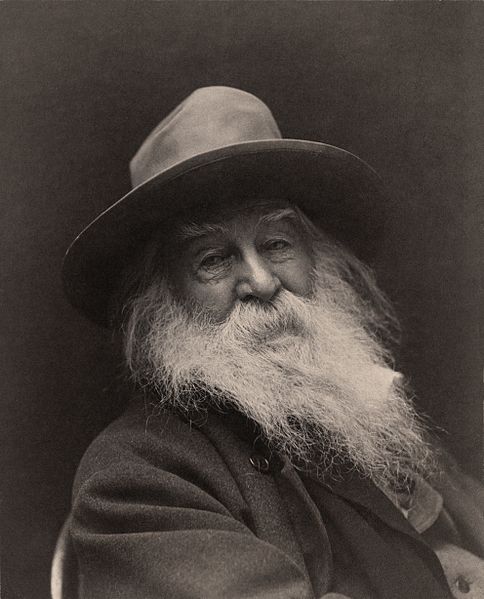
In 1942, with World War II raging, the Library of Congress took the precaution of sending some of its national treasures to a guarded facility in the Midwest, including a collection of Walt Whitman’s papers, which were sealed in packing cases prior to shipping. When the collection was returned to Washington in October 1944 and unsealed, 10 of the illustrious poet’s notebooks were missing.
These Whitman’s papers were priceless for literary scholars and treasure for the nation. In those papers, Whitman wrote the first versions of what later appeared in his poetry book “Leaves of grass”. There were also some parts of his diary during his time as a nurse for the Union Army during the U.S. Civil War. And they were all gone.
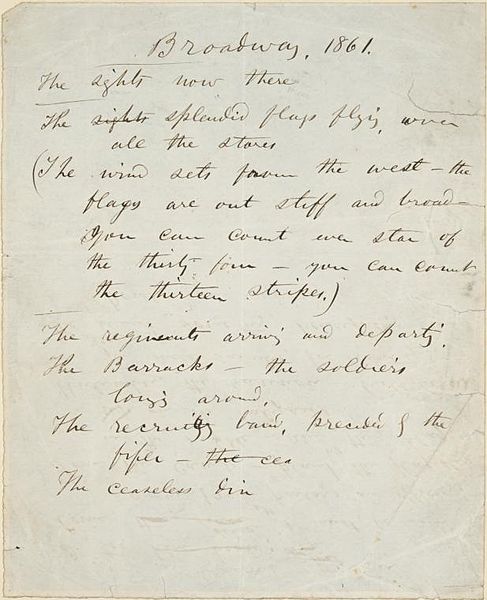
And then, 50 years later, in 1995 the missing notebooks re-appeared at Sotheby’s auction house in New York. Ok, not all of them, only four, but they were more intriguing at that time than 50 years ago. A man who discovered them among his father’s possessions brought them at the auction.
According to the man, his father had been given the notebooks as a gift and kept them for three decades. The man didn’t realize the notebooks, which in 1995 were reportedly worth as much as $500,000, had been stolen. Sotheby’s returned the notebooks to the Library of Congress. The whereabouts of the other six volumes remains unknown.
“Trying to locate items that disappeared decades ago represents a significant challenge for law enforcement…But we are bringing modern technology to the effort with our new National Stolen Art File, and we are seeing results”, announced Bonnie Magness-Gardiner in 2011, who heads the FBI’s art crime team.
3. Original copy of the Bill of Rights
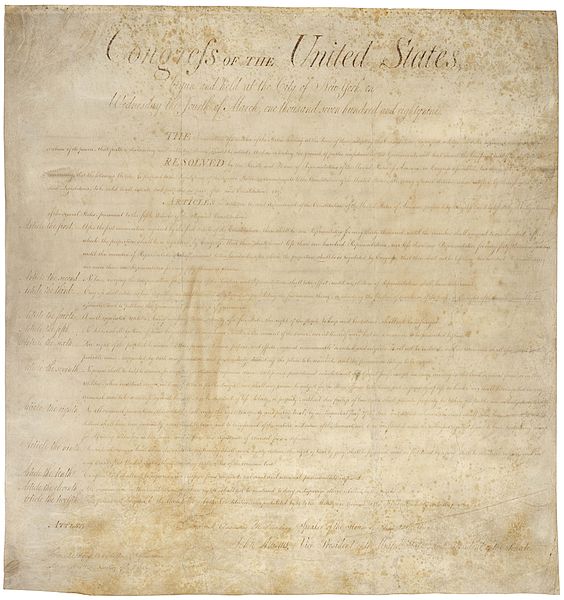
On September 25, 1789, Congress approved the Bill of Rights, and 13 copies handwritten were dispatched to the 13 American states for ratification. What were seen by most as as a national treasure and important historical document, it seems, were not respected by everyone.
In April 1865, in the final days of the Civil War, a Union soldier lifted the sheepskin document from the North Carolina Statehouse, simply because he wanted a souvenir and marched home to Ohio with the original copy of the Bill of Rights. He sold it in the following year to Mr. Charles Shotwell, a grain salesman who hung it in his office in Ohio. For 5 dollars (about $75 today).
In the 1920s the man attempted to sell the historic parchment back to North Carolina, but officials there refused to shell out money for something they considered stolen government property. And then again – silence. The artifact hadn’t been heard of until 1995 when anonymous sellers offered it to North Carolina. Once again, officials denied paying for something that is their belonging.
Finally in 2003 Wayne Pratt, an antique collector tried to sell the North Carolina Bill of Rights to Philadelphia museum for 4 million dollars. A regular on PBS’ “Antiques Roadshow,” Pratt told potential buyers he found the document in upstate New York antique store and deceptively claimed it couldn’t be traced back to any state.
However, there were FBI agents present, who seized it in what turned out to be a sting operation. Following a legal fight in which one of the men involved in the aborted sale claimed he still owned the document, a court officially decided it belonged to North Carolina.
4. Lydian Hoard
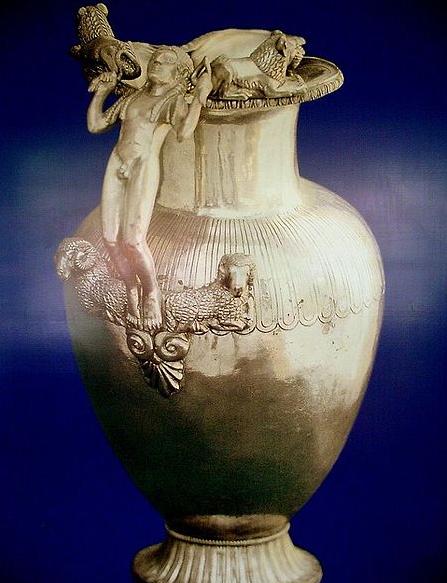
Karun Treasure is the name given to a collection of 363 valuable Lydian artifacts dating from the 7th century BC and originating from Usak Province in western Turkey, which were the subject of an intense legal battle between Turkey and New York Metropolitan Museum of Art between 1987–1993. They were eventually returned to Turkey in 1993 after the Museum admitted it had known the objects were stolen when they had purchased them.
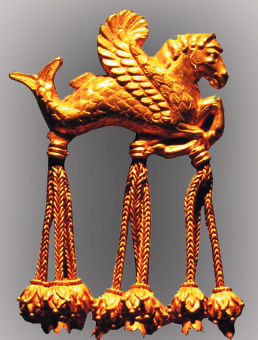
However, in 2006 it was discovered that some of the pieces in the collection had been stolen and replaced with forgeries. The most popular and valuable among them was a gold brooch in the shape of a winged seahorse. An investigation determined that the director of the Usak museum had sold the real brooch to pay off gambling debts.
After being caught, the man reportedly blamed his problems on an ancient curse associated with the brooch; supposedly trouble also had befallen the people who illegally excavated the Lydian Hoard in the 1960s. In 2012, authorities announced the brooch had been found in Germany and would be returned once again to Turkey.The items are now exhibited in the Usak Museum of Archaeology.
5. Mona Lisa
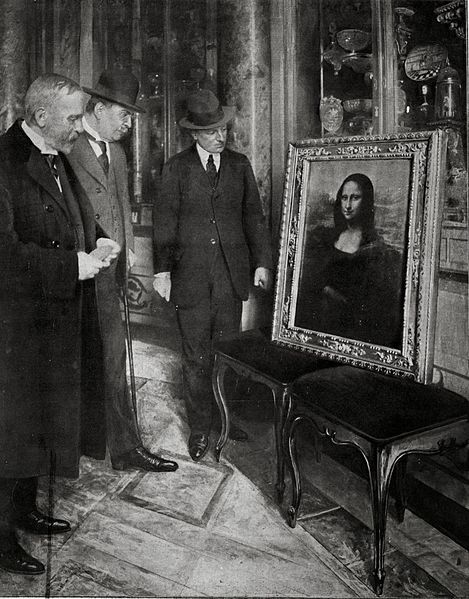
The Mona Lisa is and has always been so desired that there are many funny, ‘magical’, and obscure stories in its history worth knowing. Most prominently of these was when in 1911 an Italian handyman Vincenzo Peruggia hid in overnight in a closet at the Louvre Museum in Paris, emerged early the next day when the building was still closed to the public and stole the “Mona Lisa” right off the wall. The theft of the Mona Lisa became an international sensation; Suddenly images of the artwork were splashed across international newspapers, and the two-year police hunt hit dead-end after dead-end.
And then, two years later, in 1913 Peruggia sent a letter to an art dealer in Florence sharing his beliefs and feelings about the painting – that it should be returned to its native Italy (from which he thought, incorrectly, Napoleon had stolen it). So, he brought the “Mona Lisa” to Florence and showed it to the art dealer and the director of the Uffizi Gallery, who authenticated it.
Although Peruggia, who once worked briefly at the Louvre, claimed he’d swiped the painting for patriotic reasons, he also was interested in a reward. Soon afterward, he was arrested and convicted, ultimately spending less than a year in jail for the crime. In January 1914, the “Mona Lisa” was returned to the Louvre, where it remains today.
